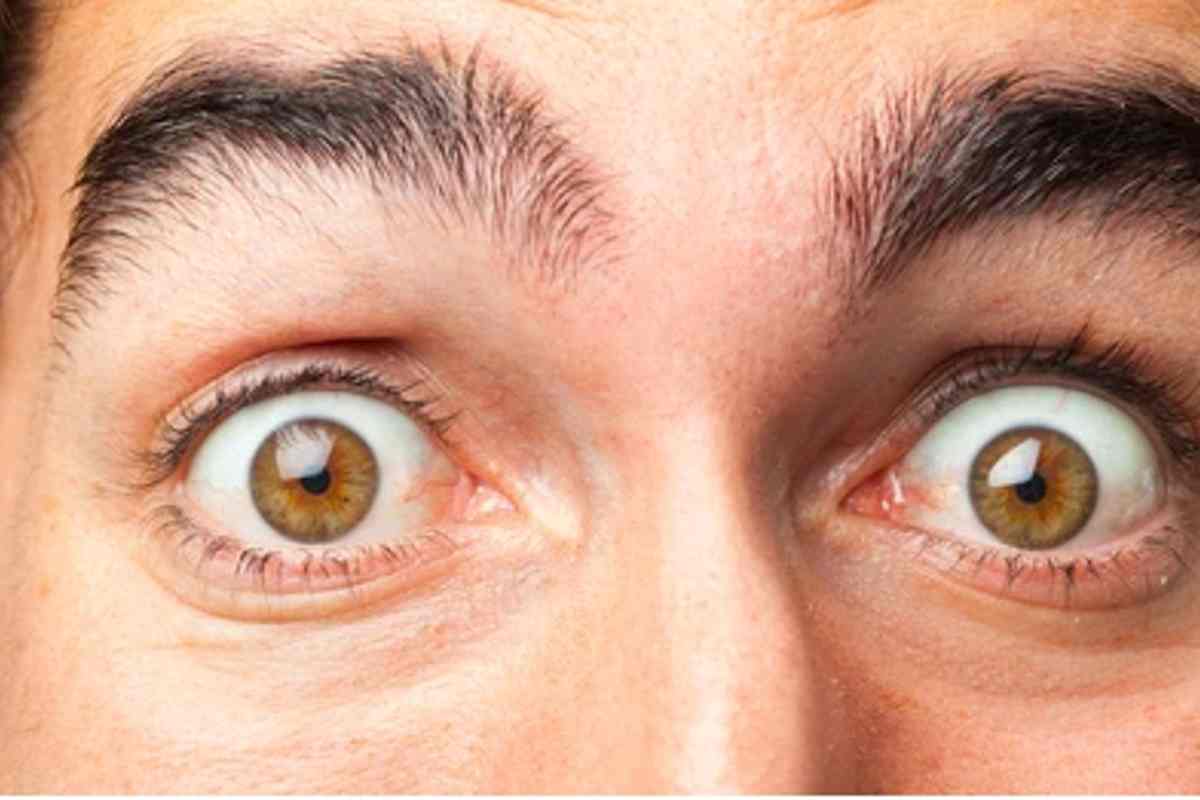Prosthetic Eye – What Are The Options?

Different prosthetic eye options are available and how they work. It has been reported in the news recently that Formula One driver Maria De Villota has tragically lost her right eye as the result of a head-on collision at the British Airfield. But what are the options when you lose an eye? And what are the prosthetic alternatives available?
How do they work ?
For many, prosthetic glass or plastic eyes are a feasible solution. Unlike what you might expect, glass eyes do not resemble solid marbles as they do in Hollywood movies, but are instead hollow half-spheres that fit over the existing non-working eye (called a Haptic Lens). Following an enucleation or evisceration surgery when a diseased or damaged eye has been removed, the sphere is fitted over a ball-shaped orbital implant, surgically attached to the eye socket and muscles by a skilled ocularist. The implant is made from acrylic, coral, or synthetic coral materials and is attached to the working muscles behind the eye, allowing some subtle movement of the prosthetic eyeball.
However, unlike an artificial arm or leg, a prosthetic eye cannot recreate the behavior of the eye and does not improve sight. Whilst a prosthetic eye has some degree of movement, they are created primarily for aesthetic purposes, to help the wearer feel more comfortable. When fitting a glass eye, many factors must be considered, such as eye shape, size, color and position of the iris, pupil size, and veining. Trained ocularists seek to design the most realistic and life-like artificial eyes possible, to both matches the natural eye and appear uniquely individual.
How are they made?
In production, glass eyes are blown by highly-skilled technicians to create a glass of varying hardness and color. White glass is first blown into a bulb, and then spun with various colors of glass rods to create the iris. The eye is then molded to a suitable shape, with veins infused and the white of the sclera softened in color.
It is normally advised to create an eye slightly smaller than the natural eye, to minimize a ‘staring effect’ and provide a more comfortable fit behind the eyelids. This provides the desired subtlety and comfort for movement.
However, it can sometimes be difficult to match pupil size with the natural eye, due to factors affecting pupil dilation and contraction. In cases where the patient has a high degree of pupil dilation, it is often advised to request a second, ‘night eye’ for wearing in darker conditions, to provide a better match with the natural eye.
Whilst losing sight is a difficult situation to deal with, modern prosthetic techniques are able to offer a discreet and natural-looking aesthetic to make the transition as gentle as possible.